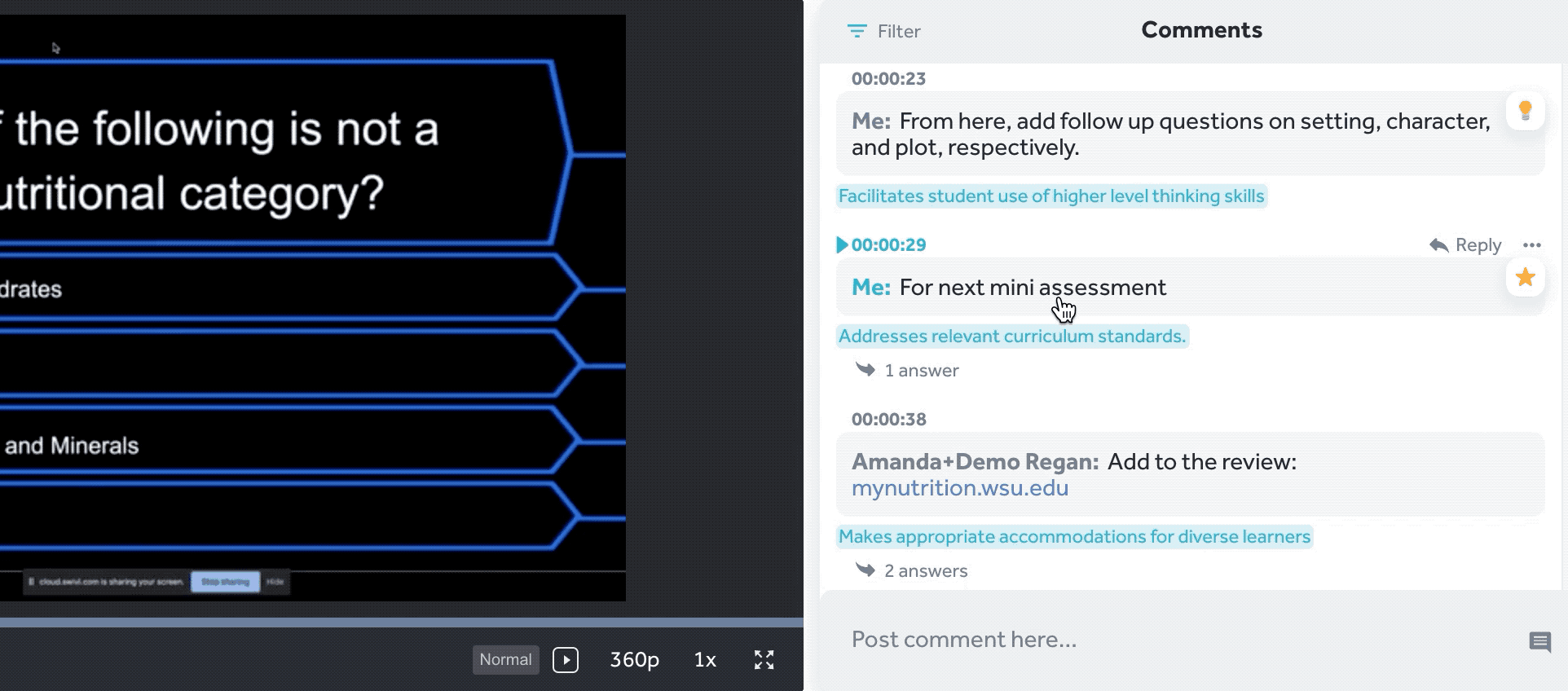Covid-19’s impact on K12 schools is well known but now we direct our attention to this year’s student teachers, both those still entrenched in their programs and those now ready to enter the classroom in Fall (read our K12 companion blog here). Challenges are ahead for preparing this valuable workforce as well as for the teacher preparation programs that groom them. With reasonable accommodations and easing of certification requirements from states, a savvy repurposing of existing resources, and some grit and determination, there is no reason student teachers shouldn’t prosper - whether they’re starting their profession at a new school in the Fall or beginning their clinical semester.
The first fact of the matter is that universities must reopen in the Fall. The stakes are just too high - the university system will crumble without tuition and students (and our economy) cannot afford to take a gap year as they prepare to enter the workforce. University campuses may look like what my local Trader Joe’s grocery store looks like today: limited to 30 shoppers at a time, mandatory face coverings, and sanitizing materials after each use; or what California’s beaches looked like this past weekend (like a good old fashioned college romp - shame on us). Whatever the case may be, when universities reopen, K12 may still be shut down leaving student teachers wondering if they’ll be left in a lurch to complete their clinical experiences.
Some states - Kansas, Michigan, Texas, to name a few - are already easing their requirements for student teachers to complete clinical hours prior to certification. For recent graduates, some states are also issuing probationary licenses that allow students to start teaching and schedule their certification exam during their first year of teaching. But we’re also already hearing that some universities are worried there won’t be enough placements for student teachers in the Fall, especially if their partner districts remain completely remote.
We don’t want to lend credence to the assertion that there will be fewer or no placements because perhaps the strongest argument to be made for student teaching to continue their clinical experiences in the Fall is the most obvious one (spoiler alert): there’s a teacher shortage. If there’s anything schools need right now, it’s more hands on deck, not fewer. Also consider that teachers nearing retirement toward the end of this year who have never had to adjust their practice to the extreme shift by going completely virtual might decide to retire a little earlier given the circumstances, thus exacerbating this already critical issue.
Student teachers (who grew up with iPhones in their hands) have for the most part been able to seamlessly adjust to online learning. Either they have experienced it themselves as recipients through their university or their natural inclination toward technology positions them to be tech-forward allies when it comes time to building virtual activities and lesson plans with their mentor/host teachers.
Another positive externality for student teachers is the exposure to completely virtual professional development and collaboration with their peers. Professional development is more important now than ever before, but not every school district delivers it equitably and frequently enough. The PD of the future is going to be completely virtual, and we’re on board with this idea because we already have seen how K12 coaches and teachers harness the power and authenticity of video coaching to grow and develop as educators and leaders.
Still, we won’t 100% guarantee that student teachers will have a ‘normal’ clinical experience in the Fall. Whether students will be able to join a virtual learning environment with a host teacher or you’re faced with supplying them with alternatives, here are some ideas for encouraging high engagement and the use of video for self- and professor-provisioned evaluation.
Student teachers supporting virtual classrooms:
Connect a Swivl robot with any of these compatible live streaming apps to allow students who are watching lessons a 360° view of the teacher’s ‘mock’ classroom, the board or chart paper. With Screencasting, teachers can also record themselves with Swivl robots and record their screens at the same time for more authentic presentations that are easy for students (and evaluators) to follow at home. Student teachers can also screencast directly from their laptop with Swivl Web Recording. Or student teachers can incorporate Slides into their Swivl videos (whether recorded online or with the Swivl app - no robot necessary) to achieve clear, easy-to-follow video presentations.
Additionally, student teachers, professors, and evaluators, can use Swivl’s FERPA and COPPA compliant platform for assessing competencies using private Sharing, Time-Stamped Commenting, Rubrics, and Scoring (coming Fall 2020).

For student teachers in alternative clinical settings:
Students teachers can and absolutely should still be recording themselves whether they have students or not. There are some innovative tools like Mursion to create video simulations of real classrooms and these videos can also be used collaboratively on Swivl Teams. Much like the scenario described in our virtual learning section, student teachers, professors, and other evaluators should be reviewing video and providing feedback often. If video simulations sound a little scary, then tap into your own bank of sample instructional videos or have students record their own mini-lessons using Swivl’s Web Recording, Screencasting, or Slide tools. On Swivl’s platform, students can share, self-assess, and provide their peers feedback.
Whatever happens to student teachers in Fall 2020, Swivl will help you design effective clinical experiences to prepare our next generation of teachers. Contact us if you have more ideas about how your teacher preparation program will take shape and how you plan to incorporate video.